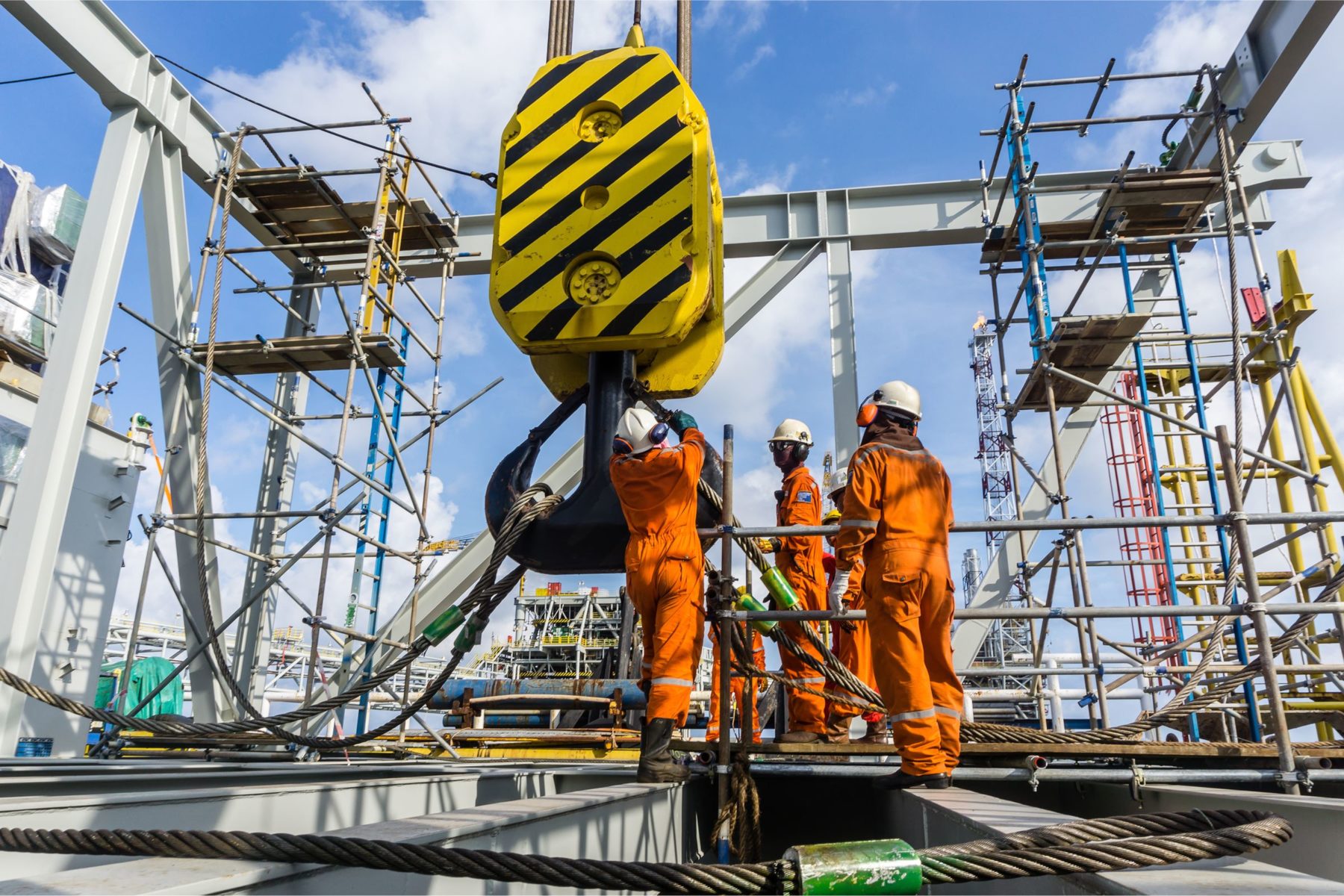
Essential Concrete Safety Tips: Protecting Workers on the Job Site Working with concrete is a fundamental aspect of the construction...
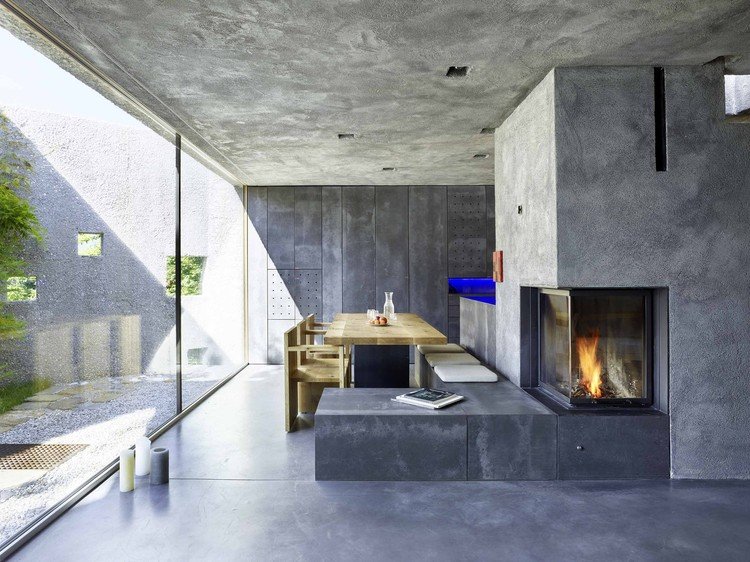
Concrete has traditionally been associated with heavy infrastructure construction, but in recent years, there have been significant innovations in its use in residential projects. These innovations have allowed concrete to become a popular choice for those seeking durability, sustainability, and modern aesthetics. In this article, we will explore some of the most exciting innovations in the use of concrete in residential construction.
Architectural concrete is an innovation that combines the functionality of concrete with unique aesthetic appeal. This type of concrete is used not only for its durability but also as a decorative element.
Translucent concrete is a revolutionary innovation that allows light to pass through the material, creating stunning visual effects.
Self-cleaning concrete is a technology that uses photocatalytic materials to break down dirt and contaminants on the concrete surface, keeping it clean and reducing maintenance needs.
High-performance concrete is an innovation that offers higher strength, durability, and load-bearing capacity compared to conventional concrete.
Low-environmental impact concrete is designed to be more sustainable, using recycled materials and cleaner production processes.
Conclusion
Innovations in the use of concrete in residential construction projects are transforming how we utilize this material. From architectural concrete to low-environmental impact concrete, these innovations offer a blend of durability, sustainability, and aesthetics that make it ideal for modern projects. If you are considering using concrete in your next residential project, explore these innovations and consult with concrete experts for the best results.

Essential Concrete Safety Tips: Protecting Workers on the Job Site Working with concrete is a fundamental aspect of the construction...
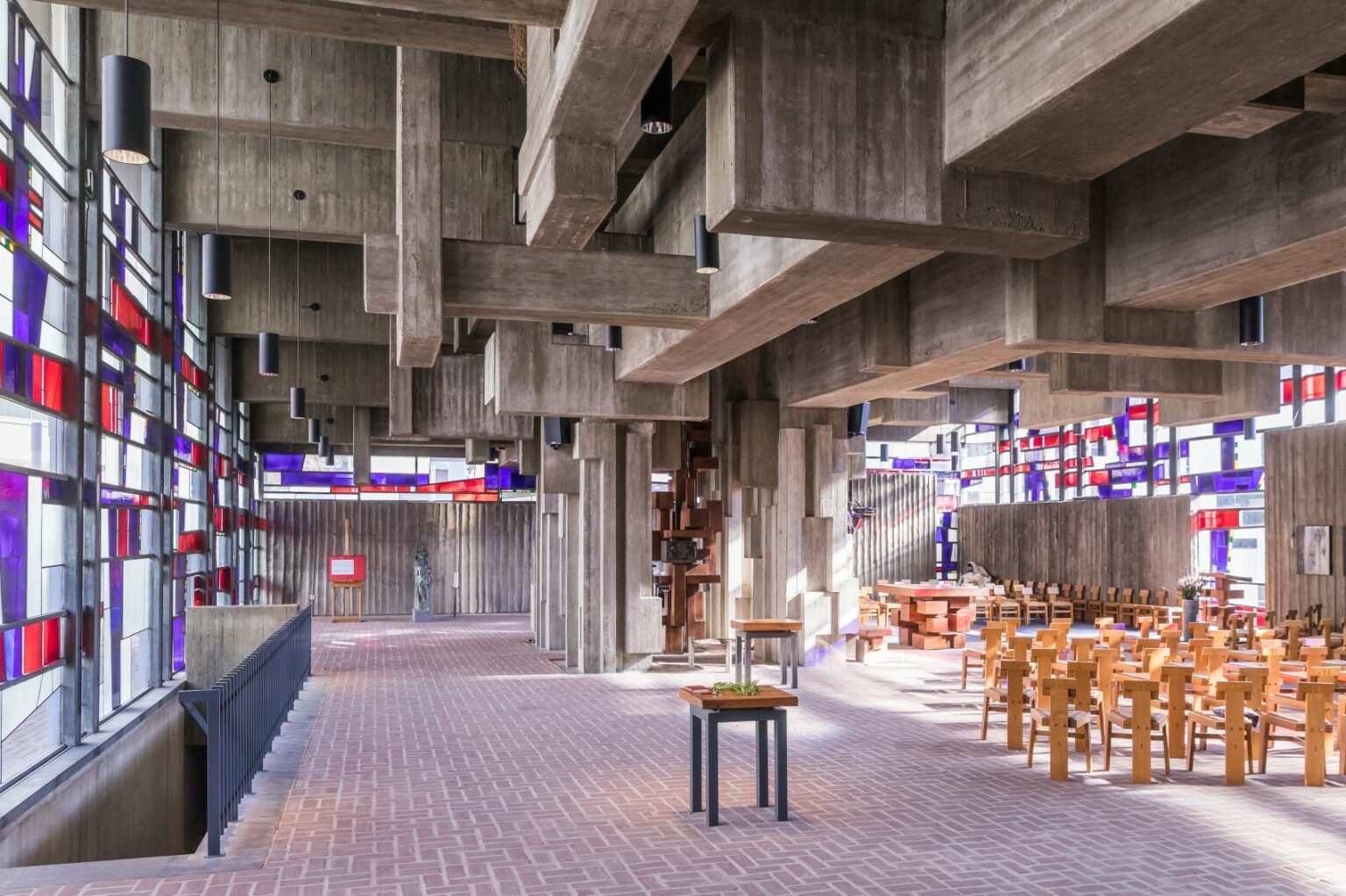
Decorative Concrete: Trends in Modern Finishes for 2025 Concrete is no longer just a construction material — it’s become a...
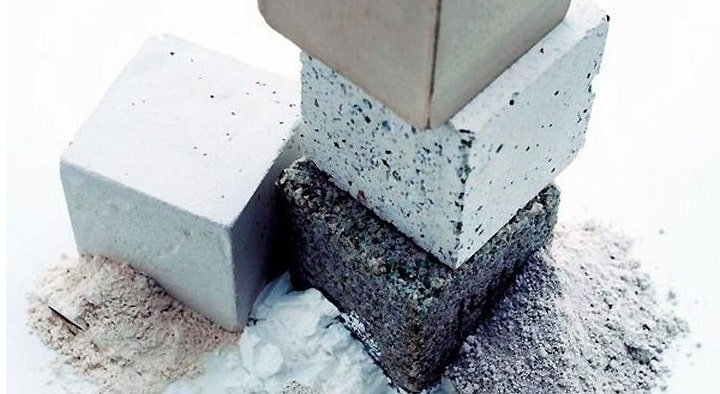
Sustainable Concrete Innovations in 2025: The Future of Eco-Friendly Construction In 2025, the construction industry continues its transformation towards sustainability,...

The Science Behind Concrete Cracking: Causes and Solutions Cracks in concrete are one of the most common issues in construction,...

Top 10 Concrete Myths Debunked: What Every Contractor Should Know Concrete is one of the most widely used construction materials,...
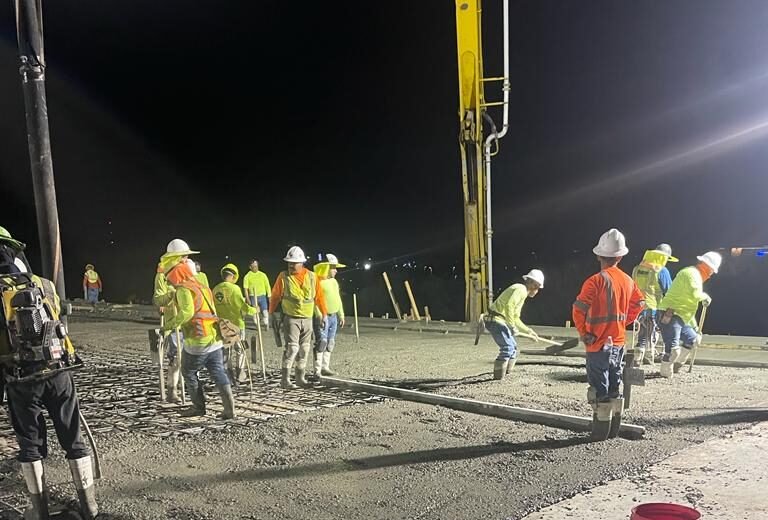
How to Plan Concrete Pouring in Large Construction Projects Pouring concrete in large-scale construction projects requires meticulous planning, logistical coordination,...
© 2023 Created with RGA Concrete Contractors LLC
This website uses cookies to provide you with the best browsing experience.